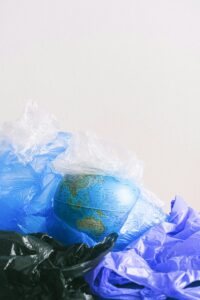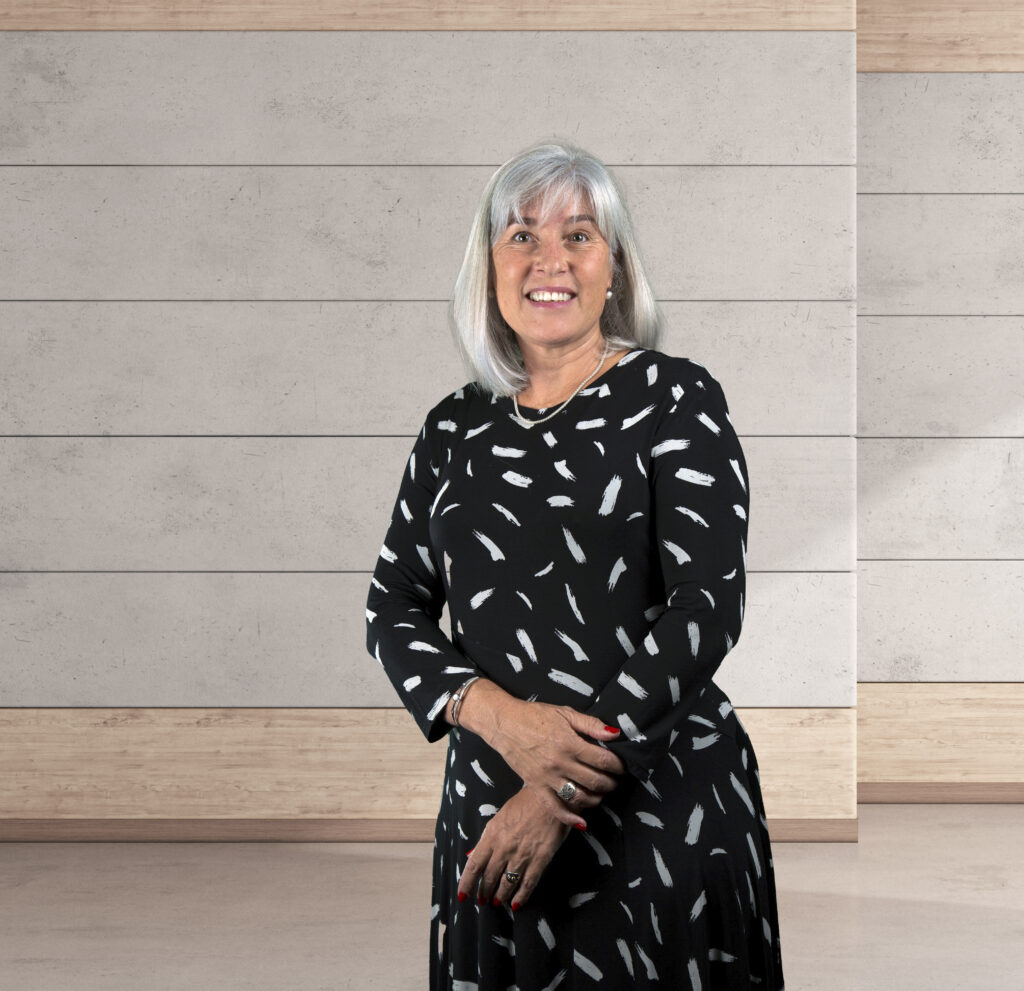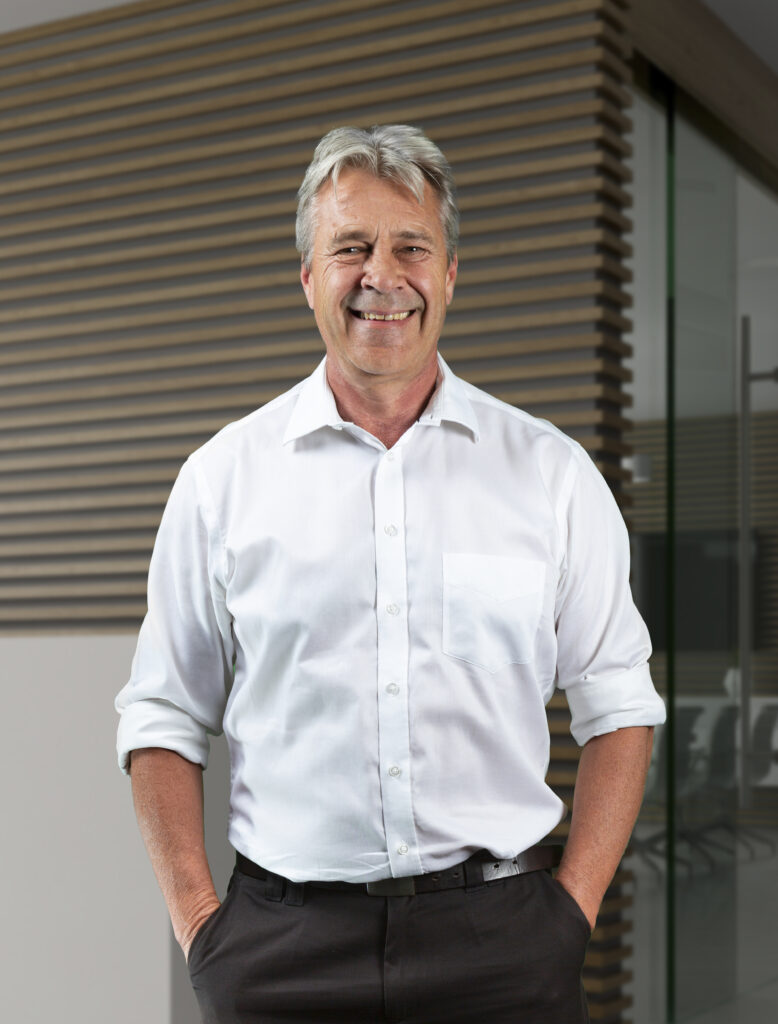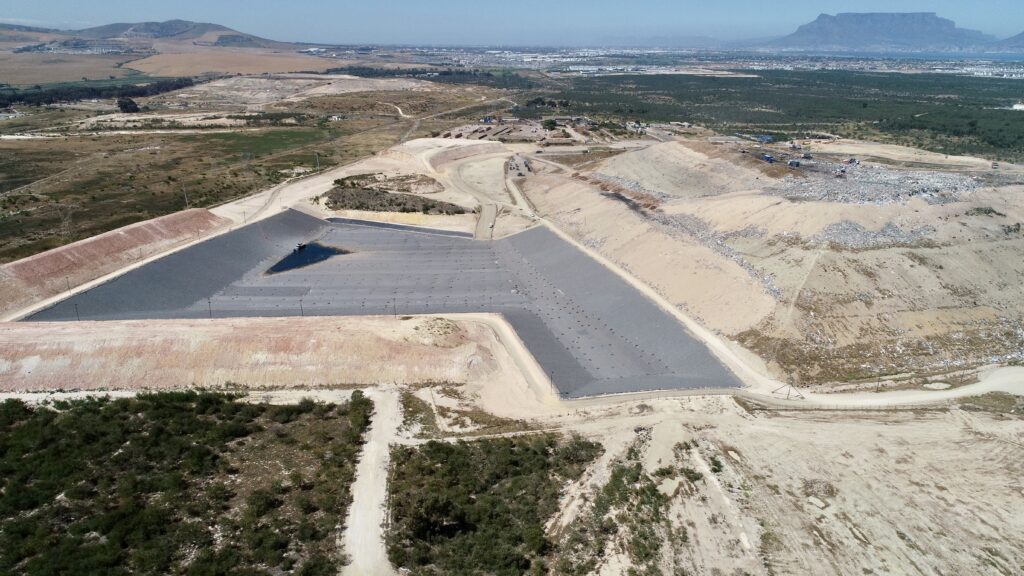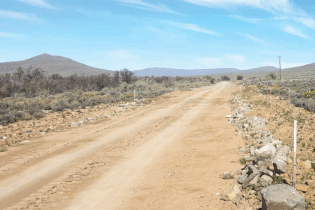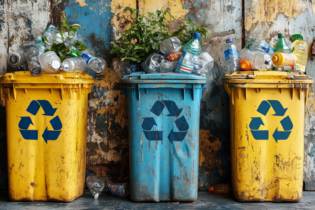Since waste is an inevitable byproduct of development, effective waste management is essential. While there are newer technologies available nowadays, there remains a need for landfills. Landfills are not the pits of rot that they once were, and green landfills are becoming the standard.
The concept of “green landfills” is new in most countries but Nico Vermeulen, Operations Director at EnviroServ says, “significant effort is required to ensure that a landfill is green and enhances environmental sustainability.” This does beg the question of how a green landfill differs from a regular landfill.Green landfills
Esme Gombault, Group Technical Director at EnviroServ Waste Management, notes that the real difference is a simple change of approach to the way these landfills are engineered and operated. This includes the basics such as 100% compliance with regulations, but also activities like, “gas extraction and treatment, and progressive capping, which eventually creates a sustainable environment” says Esme. Nico adds, “Essentially it is going above and beyond what is expected in terms of compliance with the goal to give back to the environment. When gas is extracted and treated, the site gives back more than it’s taken.”Nico and Esme identify these three features as the signs of a green landfill:
- Progressive capping: This is the process of dividing the land into plots or cells. Nico says, “Developing a landfill is capital-intensive so the idea is that you don’t develop the entire site but rather section the development.” What distinguishes a green landfill from a regular one is that when one cell is full rather than leaving it (as there is no legal requirement that requires progressive capping) the cell will be rehabilitated. This ensures the land use for waste management is sustainable and the area that was once filled with waste is integrated back into the environment. When a landfill is not operated as a green landfill it can eventually be capped but Nico says that “there are other measures we can put in place such as temporary capping. This has similar operational benefits as the permanent cap but is a short-term solution when the cell is not ready to be capped permanently.” Nico and Esme highlight that environmental goals often support social objectives. By implementing progressive capping and developing green landfills, operators not only reduce the impact on communities living near landfills but also contribute positively to the broader environment, promoting sustainability and well-being for all.
- Gas extraction: Landfills produce methane – a greenhouse gas – that if not managed properly has adverse effects on the environment. The landfill will produce methane, so it is a question of what to do with it. The traditional method is flaring, where the gas is burned. While it may not sound green, flaring allows for methane to be converted into CO2 which is l28 times less harmful to the environment. There are other ways of handling the gas that are attractive such as collecting the gas and selling it or using the gas to generate energy. Nico says, “The energy generated could be used onsite or selling electricity and the gas can help implement the green initiatives on a landfill.” Methane is measured via probes installed on the perimeters of the site and measures for sub-surface gas flow. This is currently quite a difficult task but EnviroServ is using technology from the Suez Group, an international company specialising in circular water and waste solutions. (The Suez Group together with Royal Bafokeng Holdings and African Infrastructure Investment Managers bought EnviroServ in 2022). Gas used for electricity is highly site-dependent. Once a site is deemed appropriate, the gas can be fed into generators that are attractive because they can fit into the grid and are not weather-dependent like solar.
- Leachate treatment: Leachate refers to water that has passed through a solid and extracted soluables. In landfills, this produces a rather unpleasant liquid filled with harmful solubles from the waste. All green landfills employ methods for treating leachate, utilising various technologies. Examples of such facilities are operational at the Aloes, Nyamasoga, and Shongweni sites.


